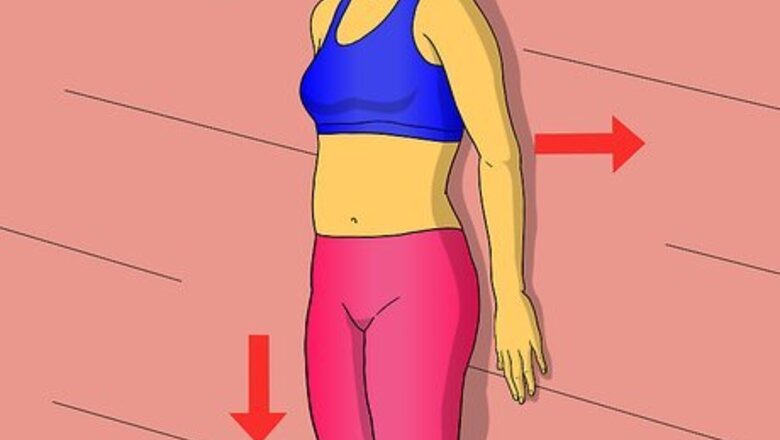
views
Standard Squat Test
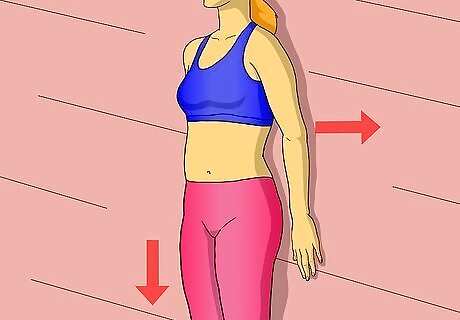
Stand with your back flat against a wall. Keep your feet about a foot away from the wall and shoulder width apart.
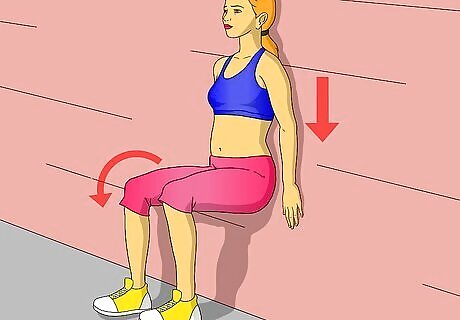
Bend your knees and slide down the wall until you are in a squat position. Be sure to keep the small of your back pressed firmly against the wall with no arching. Pay careful attention to your knees to make sure they are aligned properly over your toes.
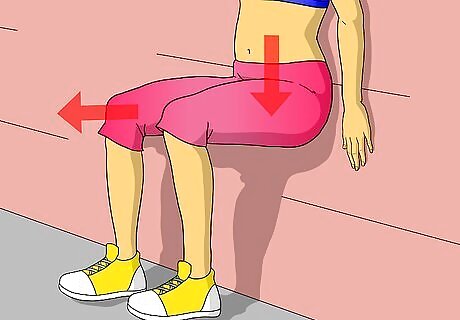
Continue to slide into your squat until you are in a comfortable position without feeling any excess strain on the knee joint. Hold this position for a goal of one minute or until you can no longer maintain proper form.
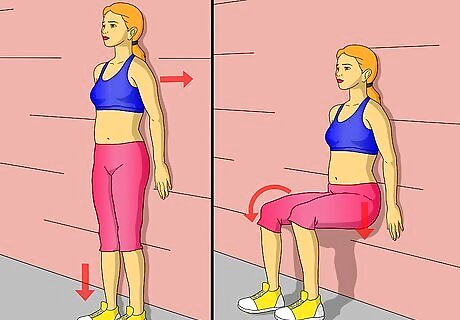
Repeat the test two more times and use the highest reading achieved. Allow yourself adequate rest periods between tests to avoid over-straining the legs and to allow them to recover.
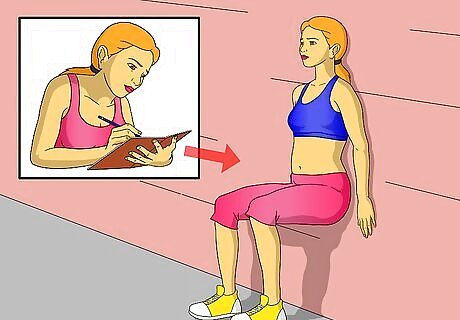
Make a note of the length of time you were able to hold the squat position. If you held a squat with proper form for under 20 seconds, your legs are considered relatively weak. Remaining in the squat position for 20 to 35 seconds means your leg strength is average. If you held for 35 seconds or longer, your leg strength is strong.
Alternative Squat Test
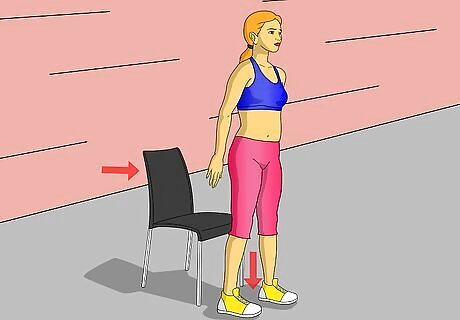
Stand in front of a chair with your back facing it and your feet shoulder width apart.
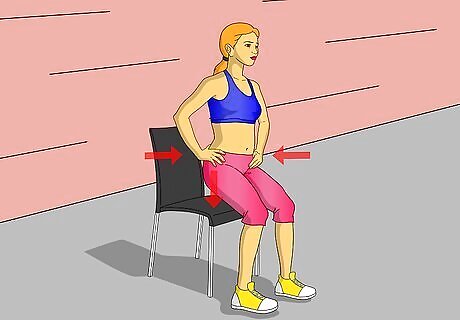
With your hands on your hips, squat down as if you are going to sit in the chair.
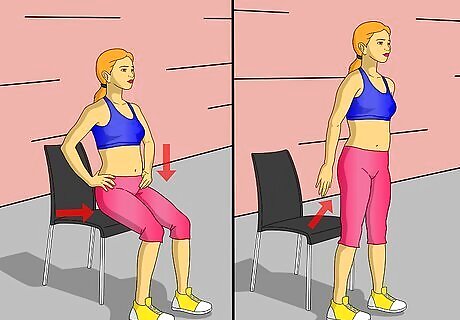
Lightly touch the chair and then return to a standing position again. Repeat the squats squats until you are fatigued and can no longer do them with proper form.
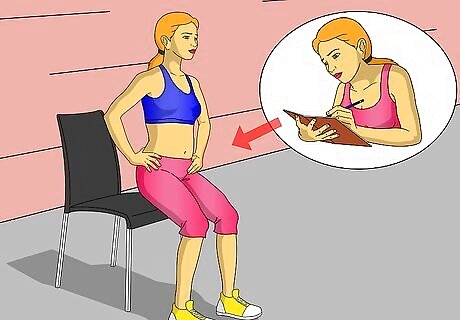
Make a note of the number of squats you were able to do. If you did less than 10 squats, your legs are relatively weak. If you performed 10 to 20 squats, your leg strength is average. Your legs are strong if you are able to do 20 to 30 squats. If you were able to perform over 30 squats, your legs are in excellent shape. Recording how many squats you are able to complete will help you to determine how much your lower body strength has increased after working them out. Repeat this test periodically. EXPERT TIP Laila Ajani Laila Ajani Fitness Trainer Laila Ajani is a Fitness Trainer and founder of Push Personal Fitness, a personal training organization based in the San Francisco Bay Area. With over 10 years as a trainer and exercise specialist, Laila has expertise in competitive athletics (gymnastics, powerlifting, and tennis), personal training, distance running, and Olympic lifting. Laila is certified by the National Strength & Conditioning Association (NSCA), USA Powerlifting (USAPL), and she is a Corrective Exercise Specialist (CES). Laila Ajani Laila Ajani Fitness Trainer Knowing your body weight is important for measuring your lower body strength. People who are newer to performing squats will usually start with weights below their body weight, while advanced trainers aim to squat with weights equal to or greater than their body weight.
Vertical Jump Test
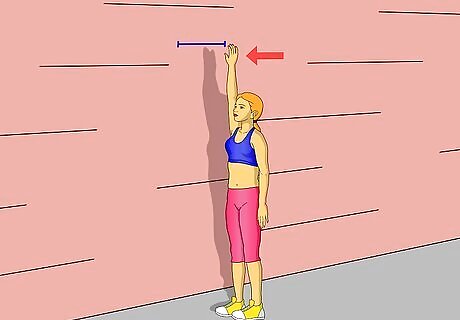
Determine your standing reach height. Stand with the side of your body facing the wall. Use the hand closest to the wall to reach up as high as you are able to and make note of the height.
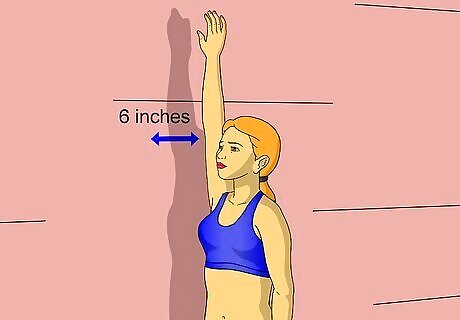
Stand approximately 6 inches (15.2 cm) away from the wall. Using both arms and legs to help in projecting the body upward, jump as high as you are able to and touch the wall at the top of the jump. Note the spot where you touched the wall at the maximum height.
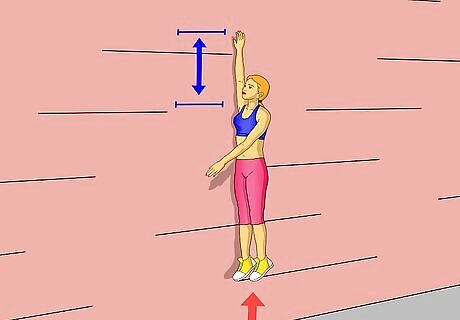
Measure the distance between the standing reach height and the maximum jump height based on the distance between the 2 points. A distance under 8 inches (20.3 cm) signals poor leg strength. If the distance ranges between 8 to 20 inches (20.3 to 50.8 cm), your leg strength is average. Anything over 20 inches (50.8 cm) means your leg strength is strong.












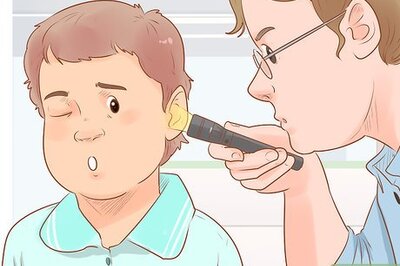






Comments
0 comment